| Chile Variety | Heat Level (SHU) | Flavor Profile | Best Use |
|---|---|---|---|
| Chiles de Arbol | 15,000–30,000 | Nutty, Smoky | Salsas, Soups, Oil Infusions |
| Guajillo | 2,500–5,000 | Fruity, Tangy | Mole, Marinades |
| Chipotle | 5,000–10,000 | Smoky, Sweet | Stews, BBQ Sauces |
Dried chiles de arbol are small, fiery peppers essential to authentic Mexican cuisine. This guide explains how to use them properly in cooking, store them for maximum freshness, and substitute them when needed.
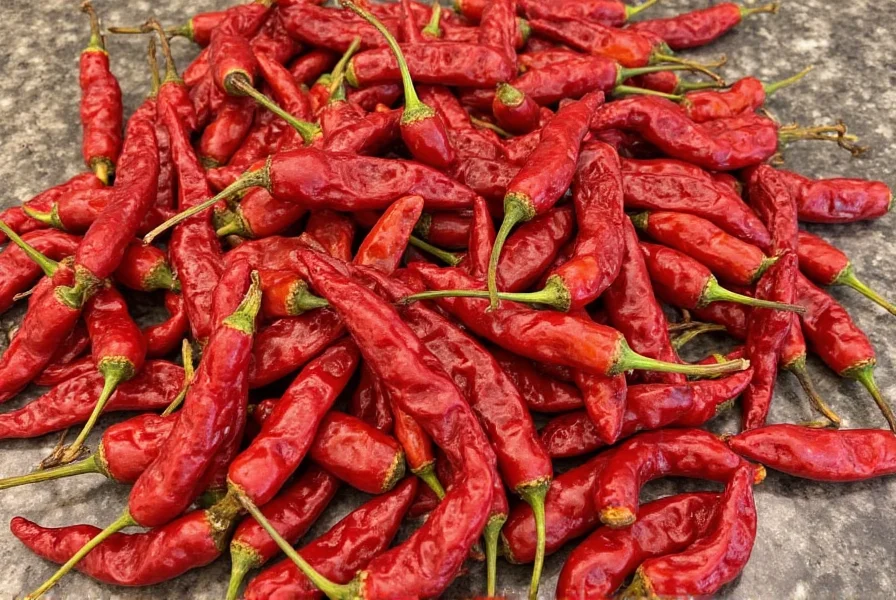
What Are Dried Chiles de Arbol?
Dried chiles de arbol (pronounced "deh AR-bol") are small, slender red chiles commonly used in Mexican cuisine. Known for their intense heat and bright peppery flavor, they're often found whole, crushed, or ground into powders.
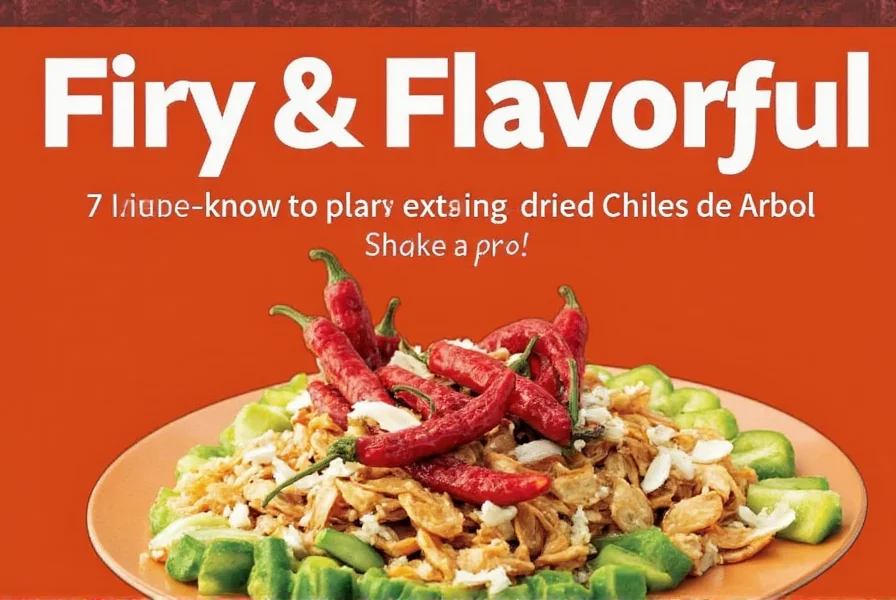
Heat Level & Flavor Profile
- Scoville Units: 15,000 – 30,000 SHU
- Flavor Notes: Nutty, smoky, with a sharp earthy finish
- Texture: Crisp and brittle when dry
Uses in Everyday Cuisine
Dried chiles de arbol are incredibly versatile. Here are some professional culinary applications:
- Infuse oil with them for a quick, fiery base for tacos or stir-fries (expert tip: heat oil to 250°F/121°C for optimal flavor extraction)
- Toast and grind into powder for homemade spice blends (use a dedicated spice grinder for best results)
- Add whole chiles to simmered beans or stews for subtle heat (remove before serving for controlled spice level)
- Use in salsas, especially blended with garlic and lime (roast tomatoes first for deeper flavor profile)
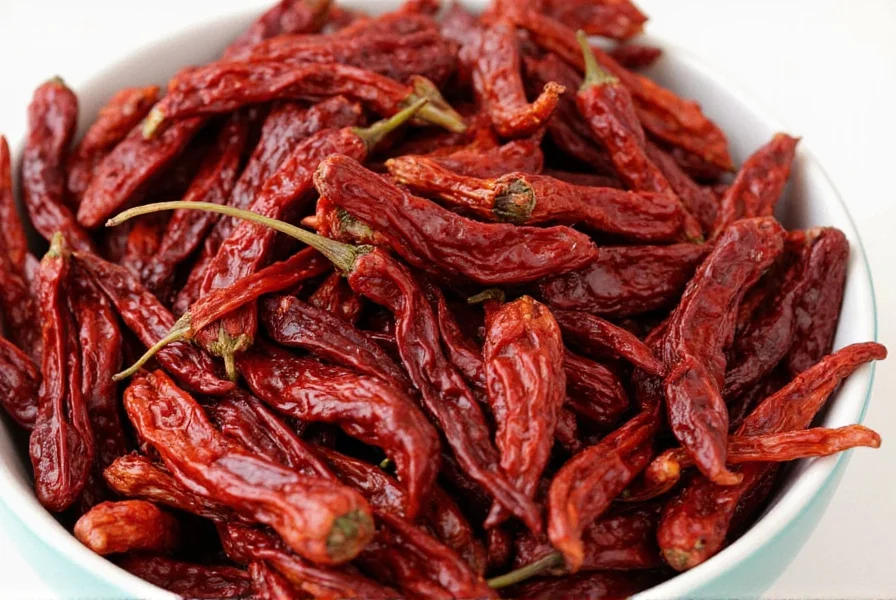
How to Use Dried Chiles de Arbol Like a Pro
- Rinse gently under warm water to remove dust
- Toasting them in a dry pan brings out deeper flavors (30-60 seconds per side over medium heat)
- Remove seeds if you prefer less heat (wear gloves during seed removal)
- Soak in hot water for 20 minutes if blending into sauces (use water at 180°F/82°C)
- Store unused portions in an airtight container away from light
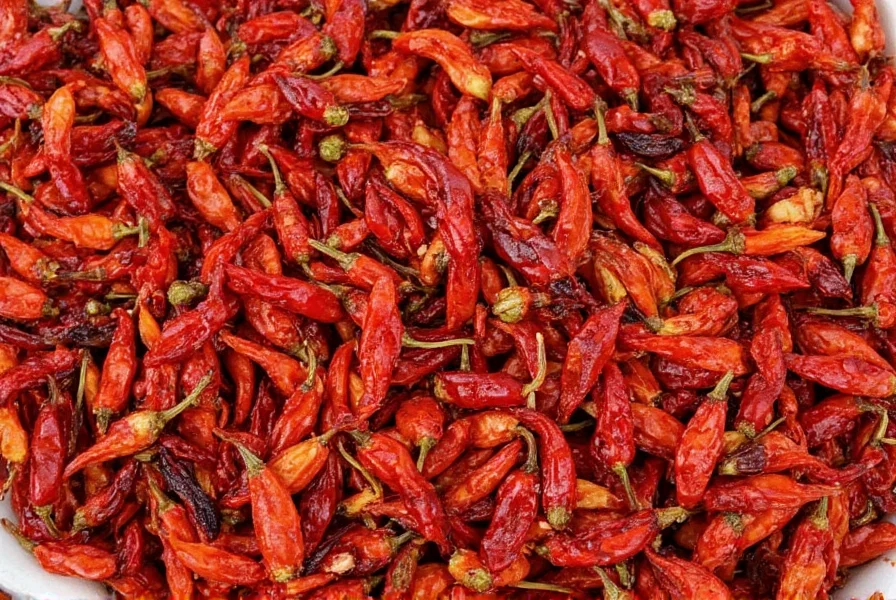
Buying Guide: What to Look For
Whether you're shopping at a local market or online, here's what to keep in mind when choosing dried chiles de arbol:
- Color: Vibrant red, not faded or brownish (indicates freshness)
- Texture: Should be crisp, not soft or pliable (test by bending - should snap easily)
- Aroma: Earthy and slightly smoky, not musty (fresh chiles have a distinct spicy fragrance)
- Packaging: Sealed bags or containers help preserve quality (look for vacuum-sealed options)
| Brand/Product | Source | Features | Target Audience |
|---|---|---|---|
| La Costeña Chiles de Árbol | Mexico | Whole dried chiles, vacuum sealed | Home cooks, Authentic Mexican recipe lovers |
| Goya Chiles de Arbol | US Packaged | Consistent size, no additives | Casual chefs, spice mixers |
| El Yaque Dried Chiles | Organic certified | Eco-friendly packaging, fair trade | Health-conscious cooks, organic buyers |
Storage Tips for Maximum Shelf Life
Proper storage can extend the shelf life of your dried chiles de arbol for up to a year. Here's how to do it right:
- Store in an airtight glass jar or ziplock bag (glass preserves flavor better than plastic)
- Keep in a cool, dark place like a pantry or cupboard (ideal temperature: 50-70°F/10-21°C)
- For longer storage, freeze them in a sealed bag (prevents moisture absorption)
- Label your jars with the date to track freshness (rotate stock every 6-12 months)
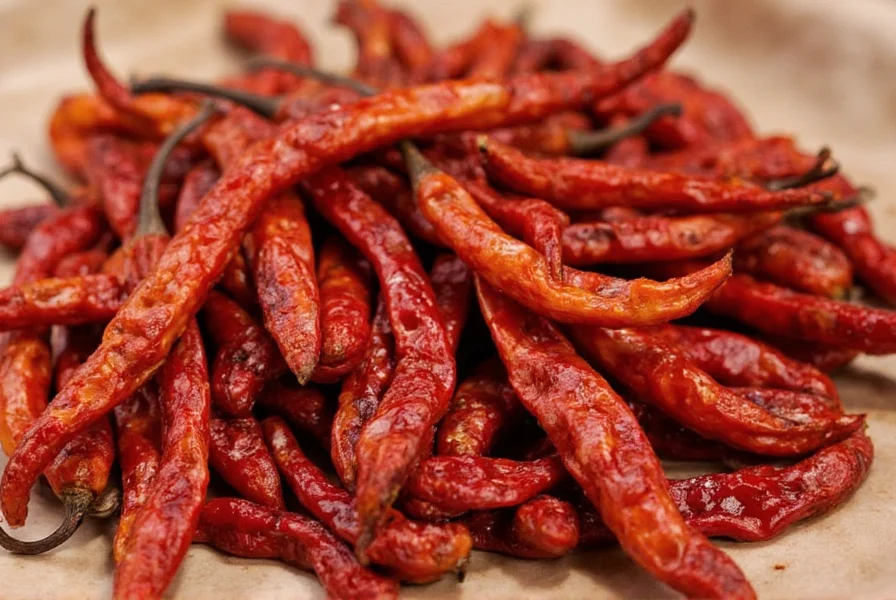
| Chile Type | Heat Level | Common Uses | Substitution Tip |
|---|---|---|---|
| Chiles de Arbol | Medium-High | Salsas, Oil Infusions | Can substitute with Thai chilies or cayenne |
| Ancho | Low-Medium | Mole, Stews | Try guajillo for similar flavor |
| Pasilla | Medium | Sauces, Meats | Use mulato for deeper flavor |
Frequently Asked Questions
Q: How hot are dried chiles de arbol compared to other chiles?
A: Dried chiles de arbol measure between 15,000-30,000 Scoville Heat Units (SHU), making them significantly hotter than guajillo (2,500-5,000 SHU) and chipotle (5,000-10,000 SHU) chiles. They're comparable in heat to cayenne pepper but with a more complex nutty and smoky flavor profile. According to culinary experts, this heat level makes them ideal for adding noticeable spice without overwhelming other flavors in dishes.
Q: Can I substitute dried chiles de arbol with other peppers?
A: Yes, you can substitute dried chiles de arbol with cayenne pepper (for similar heat level), Thai bird chilies (for fresh applications), or a combination of guajillo and a pinch of cayenne (to approximate both flavor and heat). When substituting, start with less than the recipe calls for and adjust to taste since heat levels can vary between pepper varieties. For authentic Mexican recipes, experts recommend using 1/2 teaspoon of cayenne for every 3-4 dried chiles de arbol.
Q: How long do dried chiles de arbol last when stored properly?
A: When stored properly in an airtight container in a cool, dark place, dried chiles de arbol can maintain their flavor and potency for 6-12 months. For extended shelf life, you can store them in the freezer where they'll keep well for up to 2 years. The key is to protect them from moisture, heat, and light, which degrade their quality. The USDA Food Safety Guidelines recommend checking for mold or off-odors before use after 6 months.
Q: Are dried chiles de arbol the same as fresh chiles de arbol?
A: While they come from the same plant, dried and fresh chiles de arbol have different flavor profiles and uses. Fresh chiles de arbol are bright red, crisp, and have a more immediate, vegetal heat (around 15,000-30,000 SHU). Dried versions develop more complex nutty and smoky notes through the drying process and are typically used in salsas, sauces, and spice blends where their concentrated flavor can shine. Culinary professionals note that dried chiles provide more depth of flavor in slow-cooked dishes compared to fresh.
Q: What's the best way to handle dried chiles de arbol safely?
A: When handling dried chiles de arbol, wear gloves to protect your skin from capsaicin, especially when removing seeds. Work in a well-ventilated area as the fine dust from dried chiles can irritate your eyes and respiratory system. Never touch your face while handling them, and wash your hands thoroughly with soap and water afterward. If working with them in a dry form (crushed or powdered), consider wearing a mask to avoid inhaling particles. The FDA recommends these safety precautions for handling all hot peppers.
Q: What dishes work best with dried chiles de arbol?
A: Dried chiles de arbol excel in salsas (particularly roasted tomato salsa), oil infusions, and as a component in spice rubs for meats. They work well in soups and stews where their heat can distribute evenly, and they're excellent for making homemade hot sauces. Their crisp texture makes them perfect for toasting and grinding into custom spice blends. They're traditionally used in Mexican dishes like salsa roja, but also work wonderfully in Asian-inspired chili oils and marinades. Professional chefs recommend using them in mole sauces for a balanced heat profile.
Final Thoughts: Spice Up Your Life with Chiles de Arbol!
Whether you're looking to elevate your taco night or craft your own homemade hot sauce, dried chiles de arbol are a fantastic addition to your spice rack. They bring bold heat, incredible depth of flavor, and a touch of authenticity to every dish.
Remember: a little goes a long way! So start with one or two and adjust to taste. With these practical tips and handy guides, you're well on your way to becoming a true spice wizard.
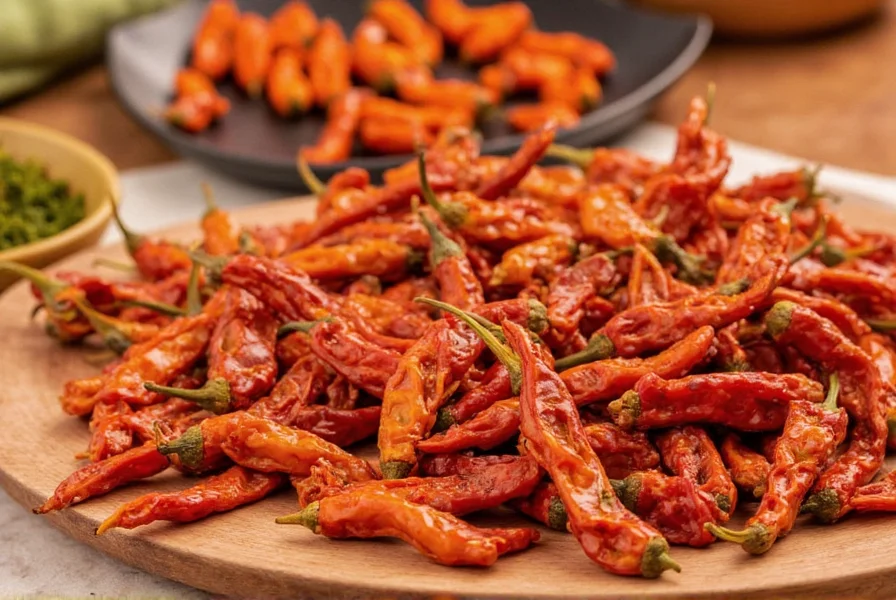
Pro Tip:
Make a quick spicy chili oil by infusing dried chiles de arbol in hot oil with garlic and herbs — perfect for drizzling over noodles, meats, or soups!

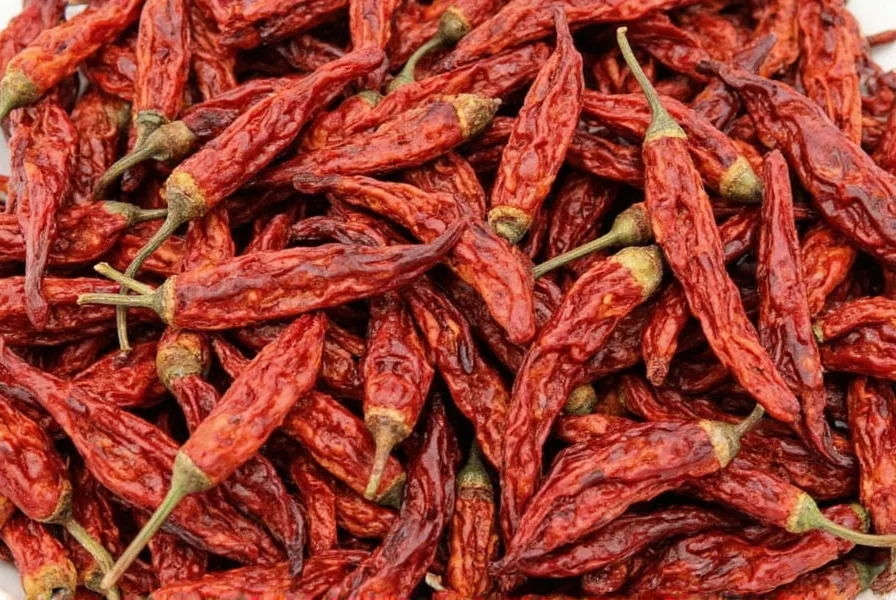









 浙公网安备
33010002000092号
浙公网安备
33010002000092号 浙B2-20120091-4
浙B2-20120091-4